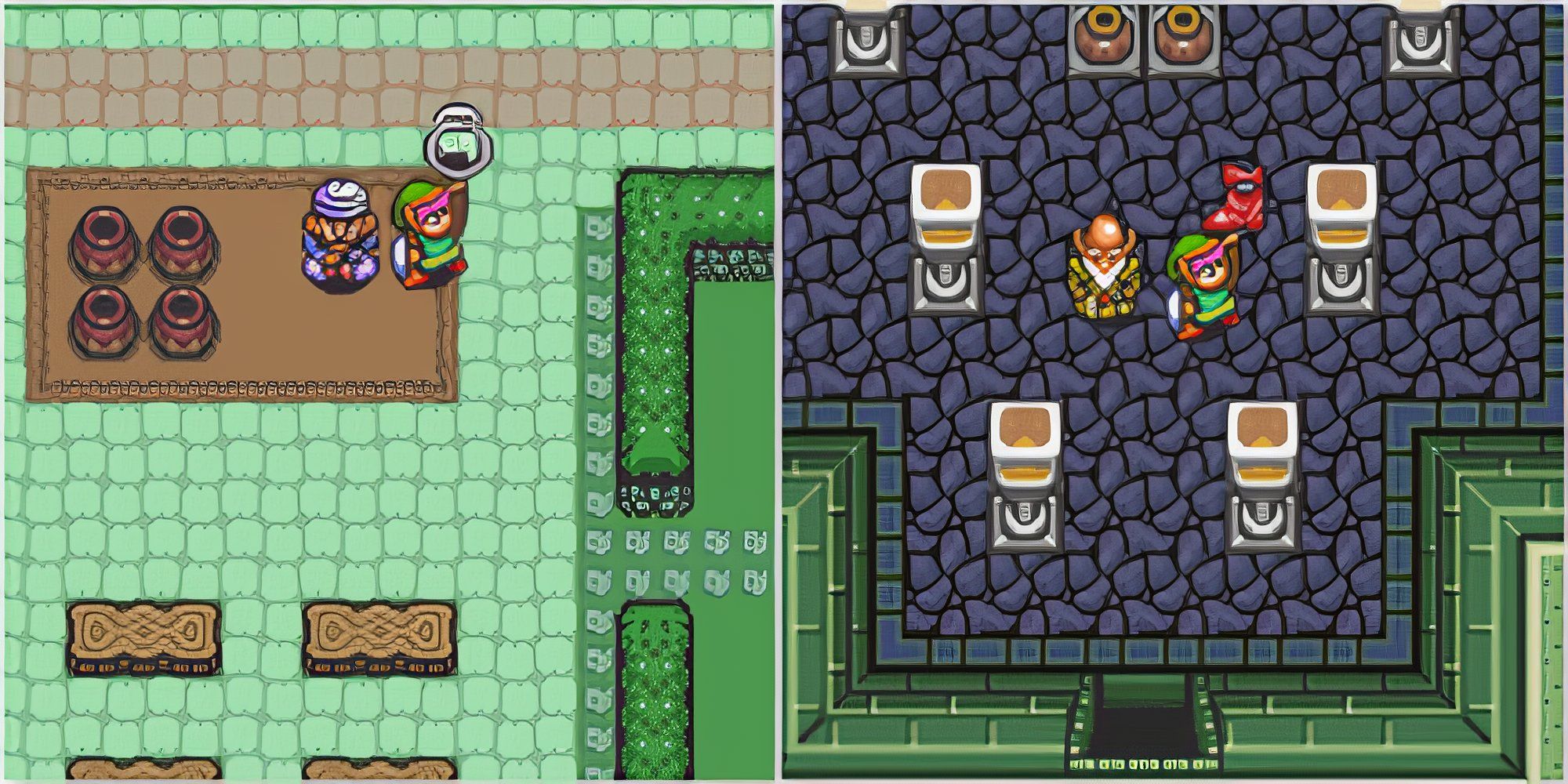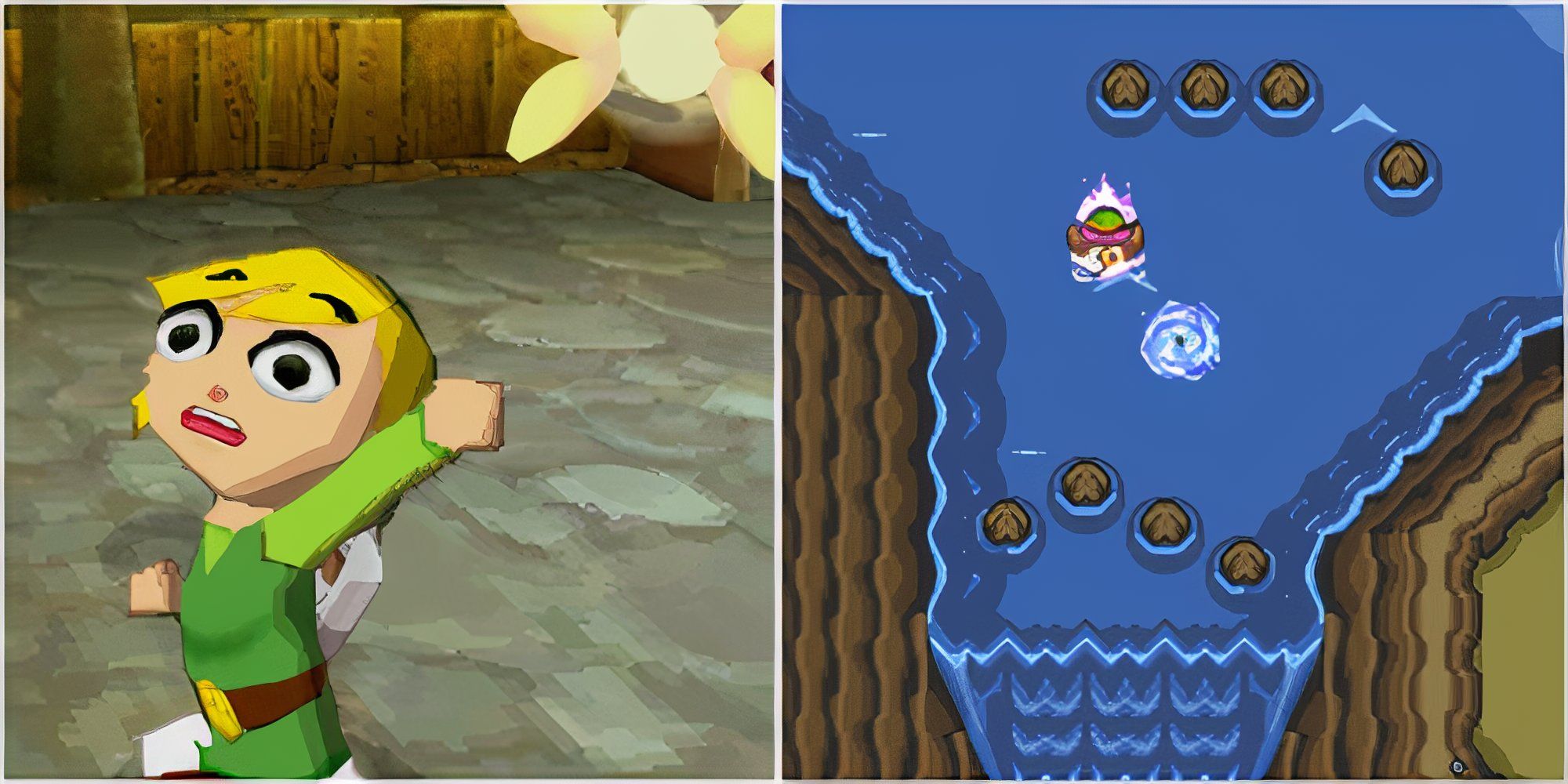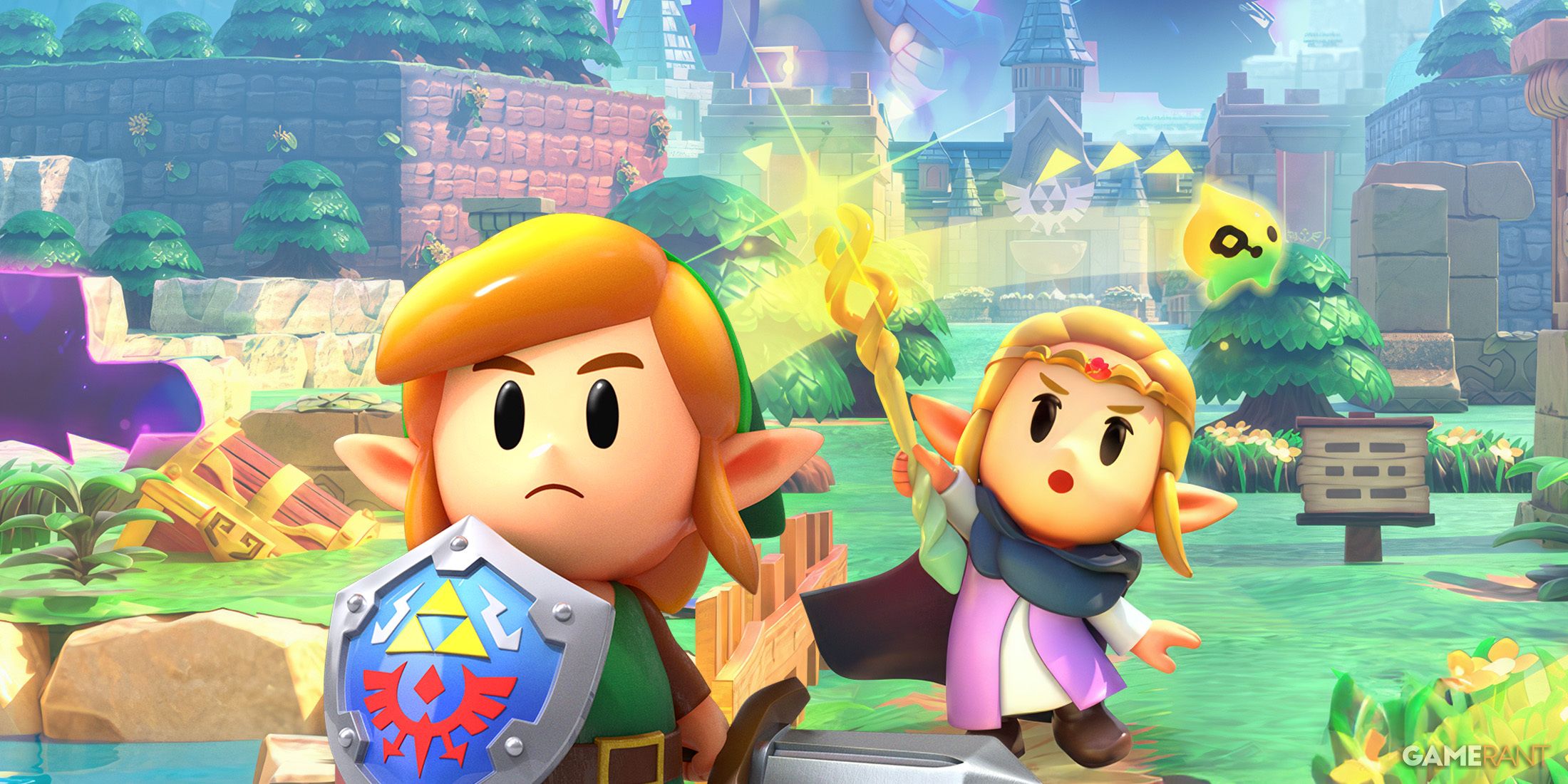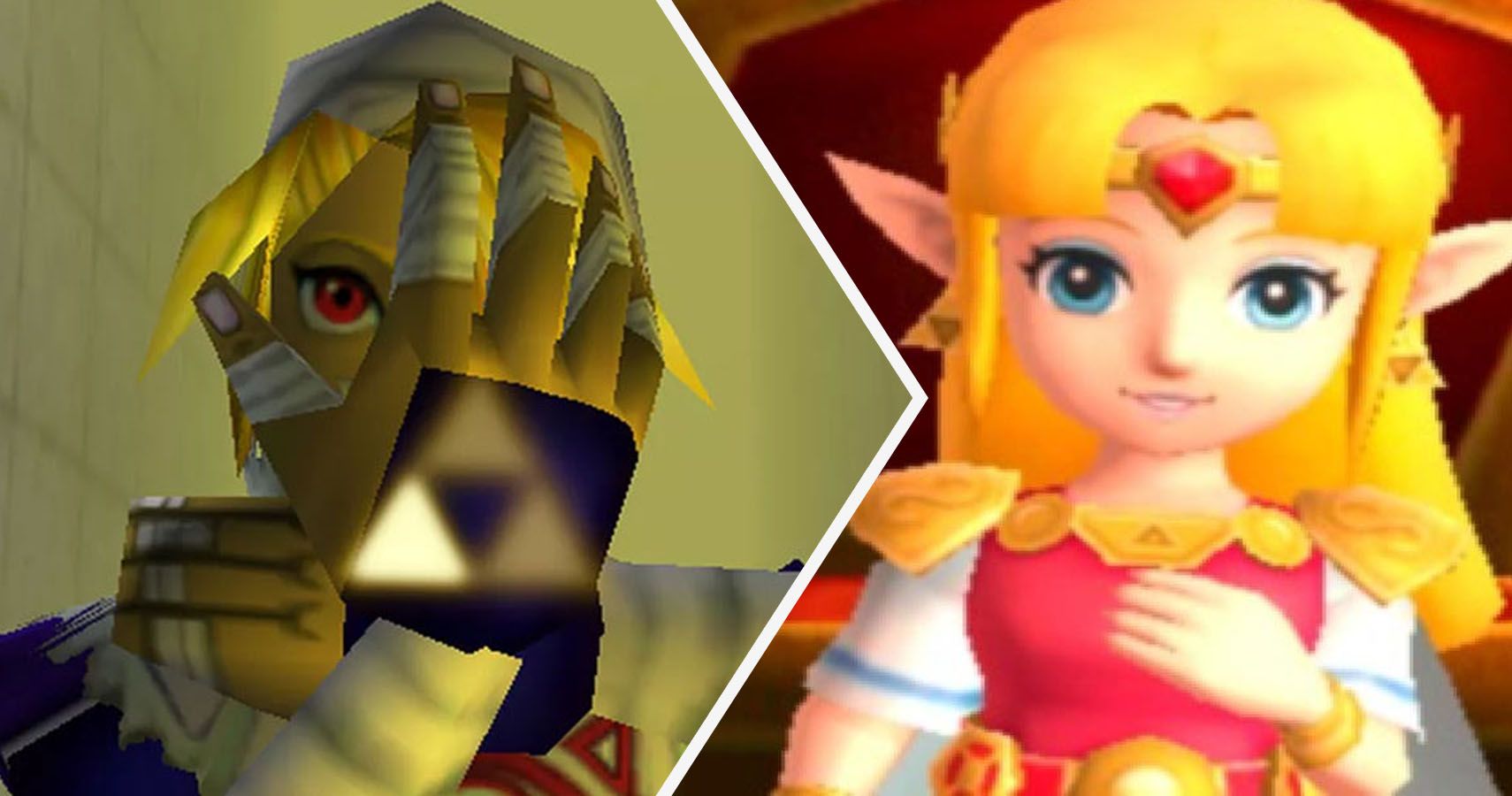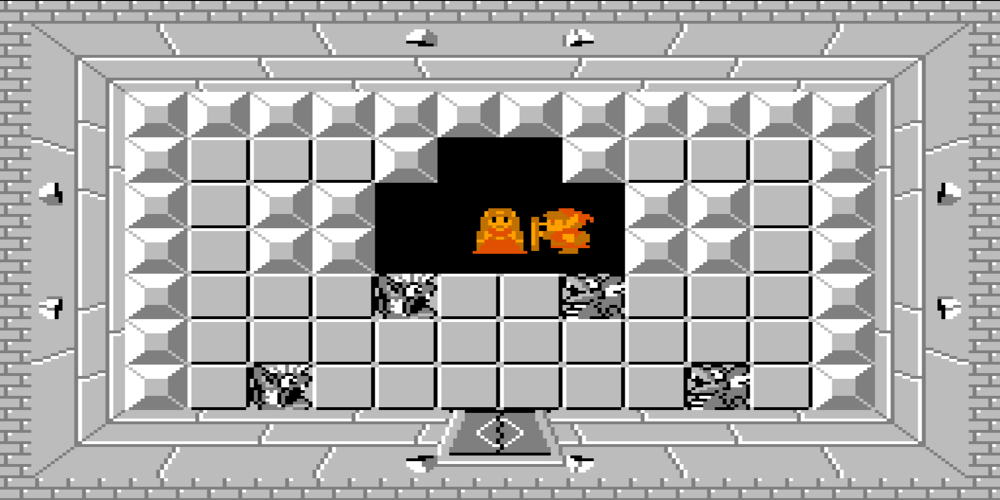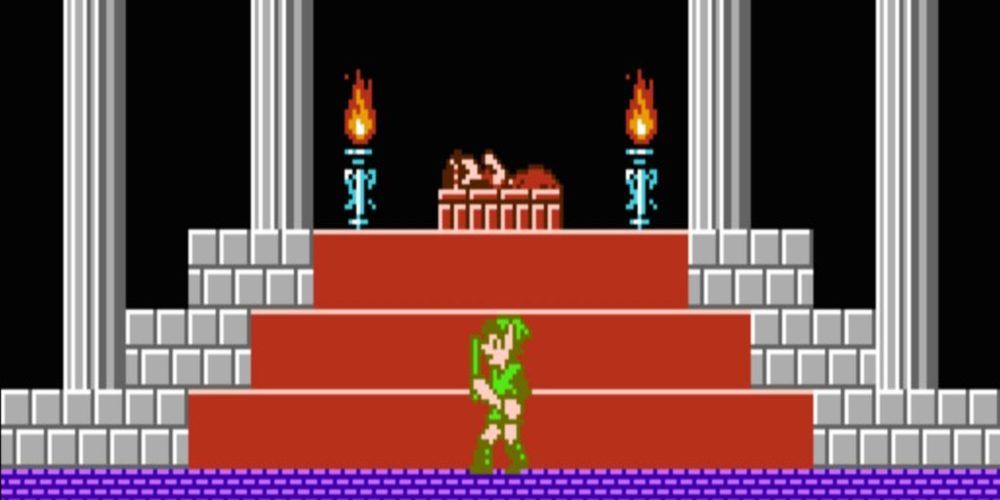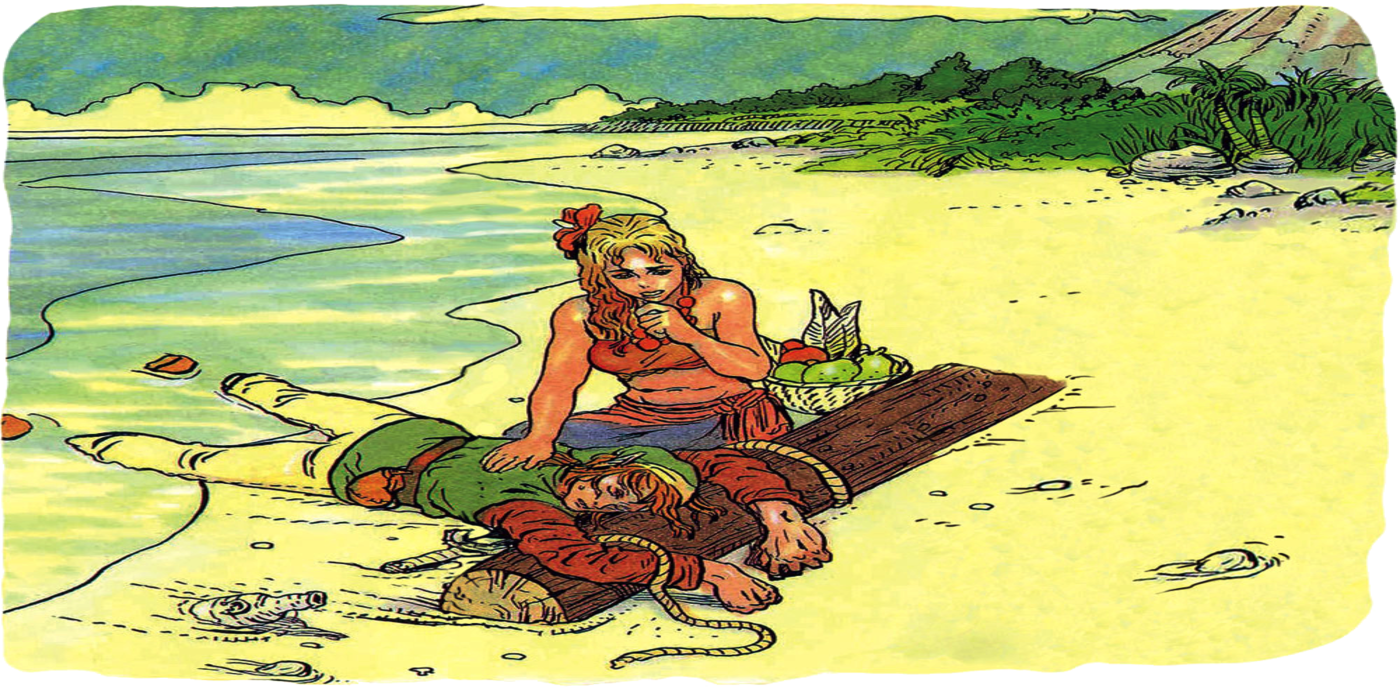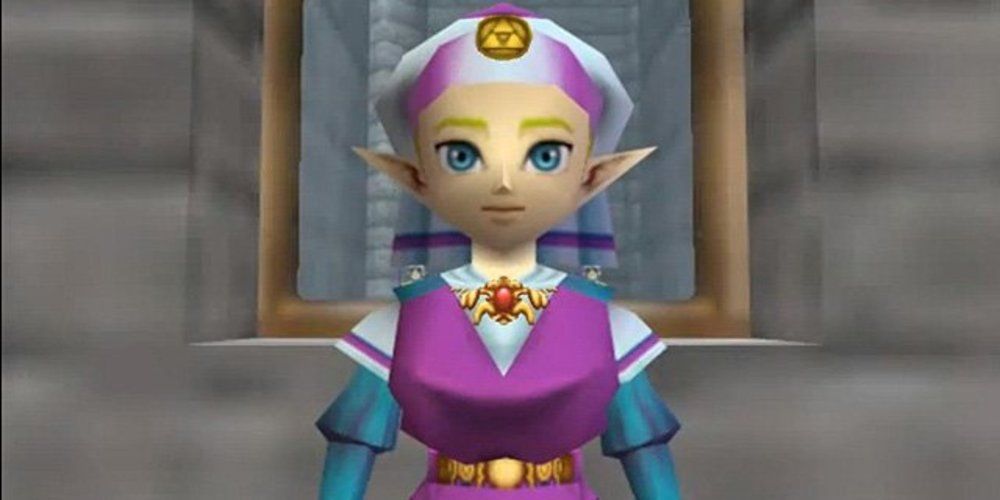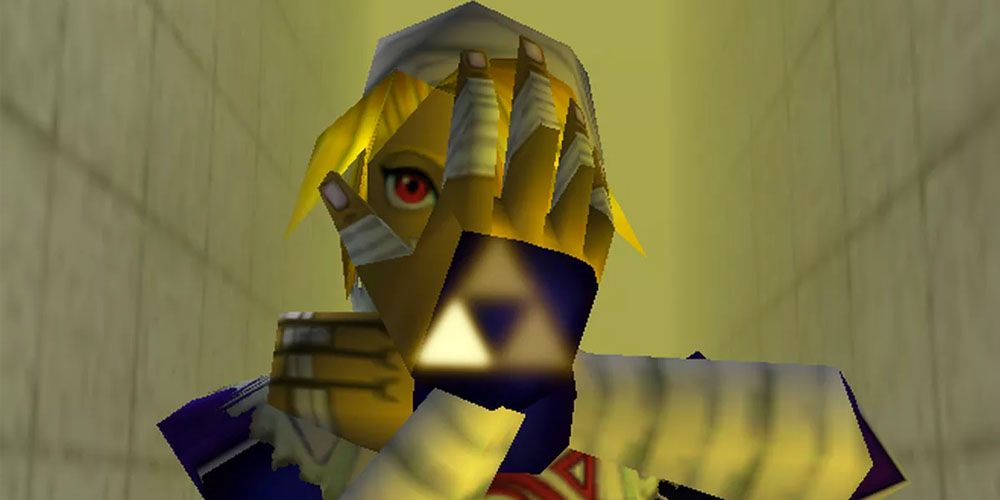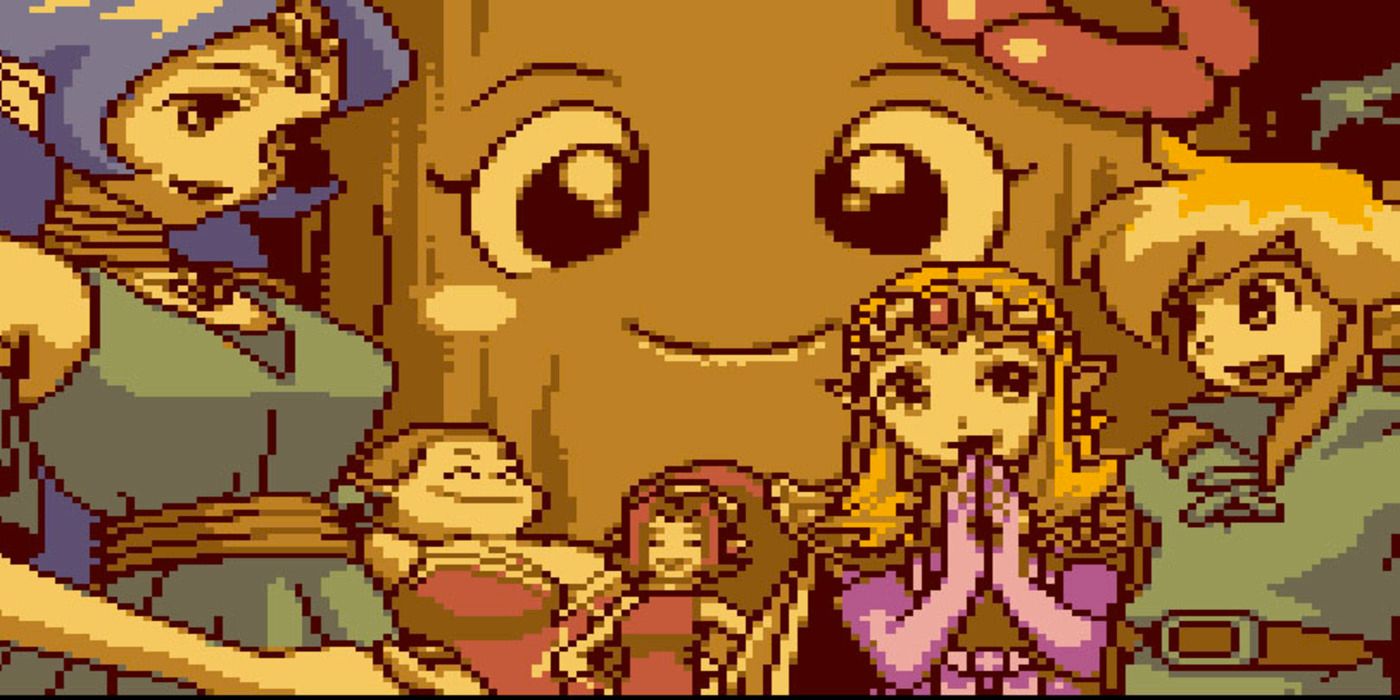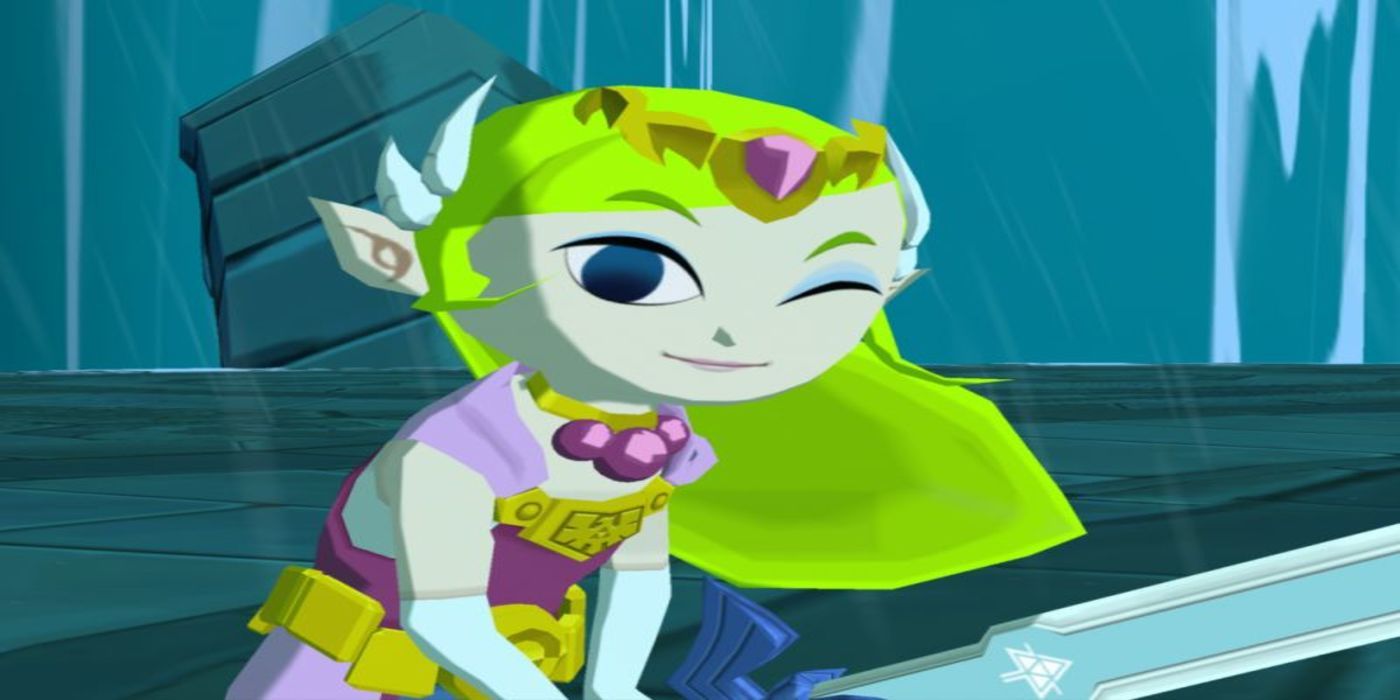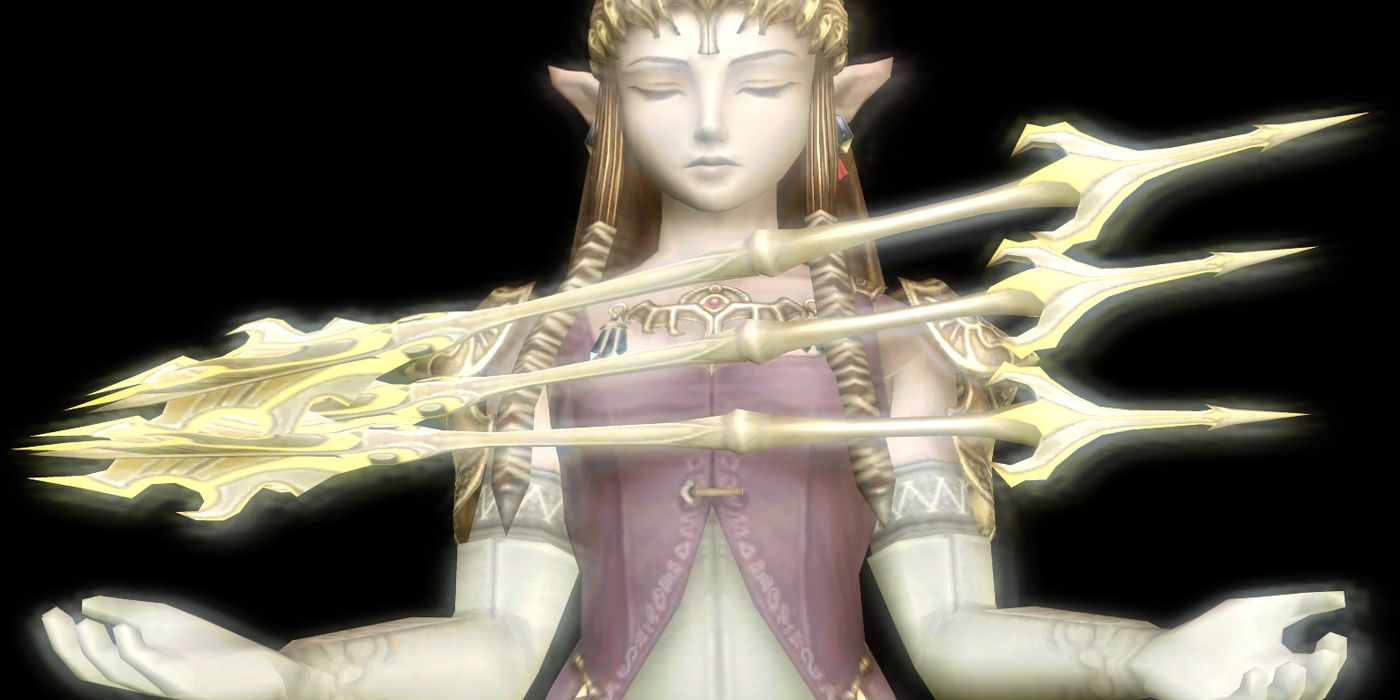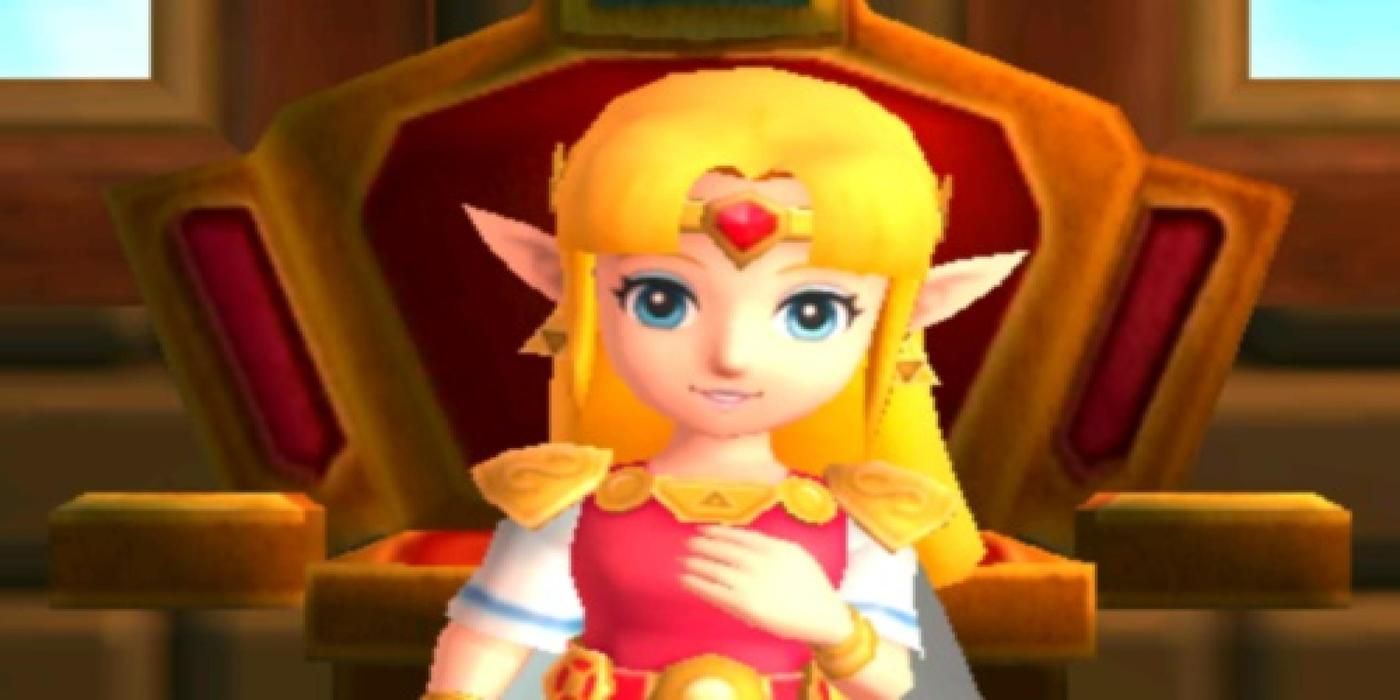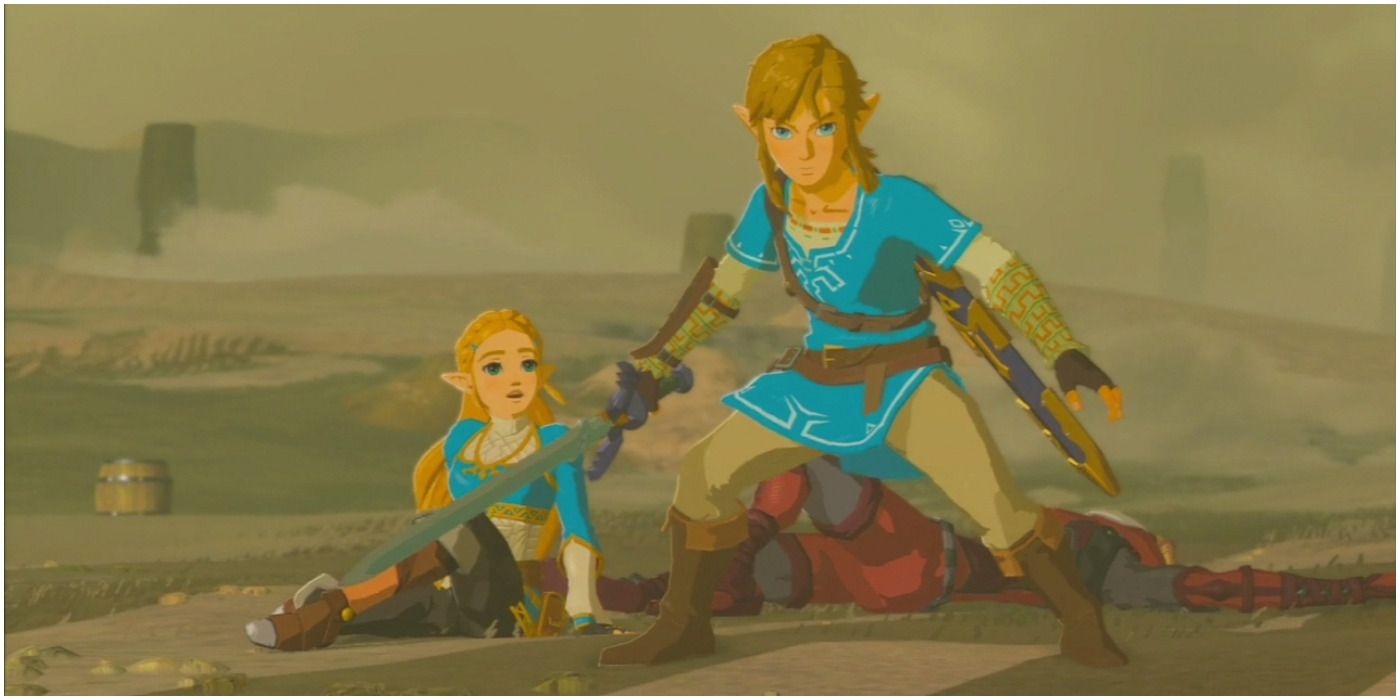Although she may lend her name to the iconic franchise, The Legend of Zelda rarely– if ever– centers itself on Princess Zelda as a character. With this in mind, it should come as no coincidence that the first game was subtitled The Hyrule Fantasy when it was released in Japan. Zelda is an important piece of Zelda’s DNA, make no mistake, but this isn’t her series.
All the same, while The Legend of Zelda might not actually star Princess Zelda, her many incarnations are always treated with great respect and often stand out as the franchise’s most interesting characters. Link may be the only true staple Zelda has, but Princess Zelda has a presence that can’t be ignored.
10 The First Zelda (Hyrule Fantasy)
Princess Zelda is the archetypical video game princess (sorry, Peach,) and it’s only fitting she play the damsel in distress role fairly straight in hers and Link’s first outing. This Zelda notably isn’t the Zelda seen in The Adventure of Link, but both women look more or less identical.
Interestingly, while the first Zelda is often depicted in a pink or red dress, she actually has three different dresses in The Legend of Zelda. If Link has the Red Ring equipped, her dress will be red. If he has the Blue Ring equipped, her dress will be sky blue, and if Link fails to find either ring, her dress will actually be green.
9 Sleeping Zeldas Don’t Lie (Adventure Of Link)
Zelda II is one of the most controversial titles in the franchise, but it isn’t a bad game by any means. Adventure of Link is incredibly hard and does abide by some player unfriendly design philosophy, but the core combat is arguably the best on the NES and the dungeon design strikes a decent balance between exploration & pure mayhem.
Zelda herself is even less of a character than in the first game, but her presence is far more potent. Link’s end goal involves him awakening a sleeping Zelda– the first Zelda, in fact. Curse by her the Prince of Hyrule, her very brother, Princess Zelda fell into a deep slumber. All Zeldas henceforth were named in her honor.
8 Marin’s Connection To Zelda (Link’s Awakening)
Link’s Awakening has one of the best stories in any Zelda game, juggling existential themes with a tact & nuance typically reserved for literature. The core conceit sees Link entering the dream of the Wind Fish, albeit with his subconscious influencing Koholint Island in unique ways. Notbaly, Link’s self doubts partially manifest into the Nightmares.
Marin herself seems to be a creation from Link’s subconscious as well. He not only immediately mistakes her for Princess Zelda herself, but Oracle of Ages and Oracle of Seasons reuse Marin’s sprite for Zelda (albeit with some changes.) Considering the Oracle games were developed as prequels to Link’s Awakening, it’s fair to say Marin is meant to represent Link’s perception of Zelda.
7 Zelda Is Too Smart For Her Own Good (Ocarina Of Time)
Ocarina of Time’s Princess Zelda is an incredibly perceptive character, albeit one driven by visions. Seeing Link in a prophecy, Zelda concots a grand scheme to stop Ganondorf before he can lead his inevitable coup against Hyrule. Where the King of Hyrule sees a new ally, Zelda immediately recognizes the threat Ganondorf brings.
But she’s too smart for her own good, and her plan is her undoing. Upon seeing that Link has the Kokiri Spiritual Stone, she sends him off to covertly gather the remaining two so he can use the Master Sword to defeat Ganondorf. This ends up being their undoing as Link falls into a seven year coma. Had Zelda simply shown her father the Spiritual Stone, he likely would have believed her & Link.
6 Sheik Accidentally Reveals Their Identity Right Away (Ocarina Of Time)
Sheik is a lot like Darth Vader, in that their identities are more or less common knowledge. Where Sheik being Princess Zelda was once a grand twist, it’s since become one of Ocarina of Time’s most well known story beats– in large part due to Sheik’s inclusion in the Super Smash Bros. franchise.
It’s worth pointing out that Sheik accidentally outs themselves as soon as they meet Link. Sheik doesn’t just refer to Link as “Hero of Time,” but his actual name. Ocarina of Time makes it clear that a prophecy exists surrounding the Hero of Time, but there’s no logical way Sheik would know Link’s name, especially since Link & Zelda’s plan was a secret.
5 Zelda And Link Have Met (Oracle Duology)
There’s some debate regarding where the Oracle games fall in the timeline despite the fact Capcom clearly developed them as direct prequels to Link’s Awakening. Nintendo’s official timeline for the series has juggled the placement of the duology, positing that the Oracle games take place with a different Link.
This is likely to fix a plot hole within the original script. Even though the Oracle games were developed as prequels to Link’s Awakening (and therefore sequels to A Link to the Past,) Zelda does not recognize Link at the end of the game when they would have met in ALttP.
4 Tetra, The First Zelda To Fight Back (The Wind Waker)
Although Zelda disguises herself as the admittedly very cool Sheik in Ocarina of Time, Sheik doesn’t do much other than get whipped around by an invisible Bongo-Bongo and teach Link assorted songs. Which is helpful granted, but Sheik isn’t a character focused on combat (although concept art suggests they were originally meant to fight alongside Link.)
Notably, Sheik’s lack of action results in Tetra being the first Zelda to fight alongside Link. During the final battle, she actually wields the Light Arrows and actively shoots Ganondorf while Link swordfights him. Link even has to set up his shield to play off Zelda’s arrow, making the finale a genuine team effort for once.
3 Zelda’s Fight Is A Direct Homage To Ganondorf (Twilight Princess)
Princess Zelda has been absent from Zelda games before, but Twilight Princess was the first time where she was part of the main cast and very explicitly a supporting character. With Midna fulfilling the role Zelda usually plays, Hyrule’s crown princess took on a larger than life presence that drove Midna’s arc rather than having an arc of her own.
All the same, Zelda maintains an interesting role in Twilight Princess. Where Link fought alongside his Zelda in The Wind Waker, he fights Zelda in Twilight Princess. Zelda’s boss fight is the first in a series of four fights that cap off Twilight Princess, and mechanically it’s a direct homage to Link’s tennis match with Ganondorf at the end of Ocarina of Time.
2 Zelda’s Romantic Aspirations (A Link Between Worlds)
Even though A Link Between Worlds lifts heavily from A Link to the Past– to the point where the game was called Triforce of the Gods 2 in Japan– it’s important to recognize that A Link Between Worlds is not a remake. Playing one is not analogous to playing the other, and A Link Between Worlds makes some very unique mechanical & narrative contributions to the franchise.
In typical 2D Zelda fashion, Princess Zelda is out of action for most of ALBW, but unlike her ALttP counterpart, she’s far more characterized. It’s revealed through ancillary dialogue that this Zelda is a romantic, often staring at the loving painting of Link & Zelda in Hyrule Castle. It makes ALBW’s final image (Princess Zelda and this game’s Link staring at the painting) all the sweeter.
1 Zelda Is (Almost) Always Taller Than Link
With the notable exception of Skyward Sword and Breath of the Wild, Princess Zelda is always taller than Link. Concept art for the series has typically depicted her as the taller of the two, and she notably stands a head taller than Link as adults in Ocarina of Time and in Twilight Princess. Tetra is also taller than The Wind Waker’s Link (though that may be her hair.)
Beginning with Skyward Sword, Link was made noticeably taller than Zelda. This is a fixture that was kept over in Breath of the Wild, along with Link now being right handed. While it’s not a huge detail, it is a shame more recent entries have done away with some of Link’s quirkier qualities.

